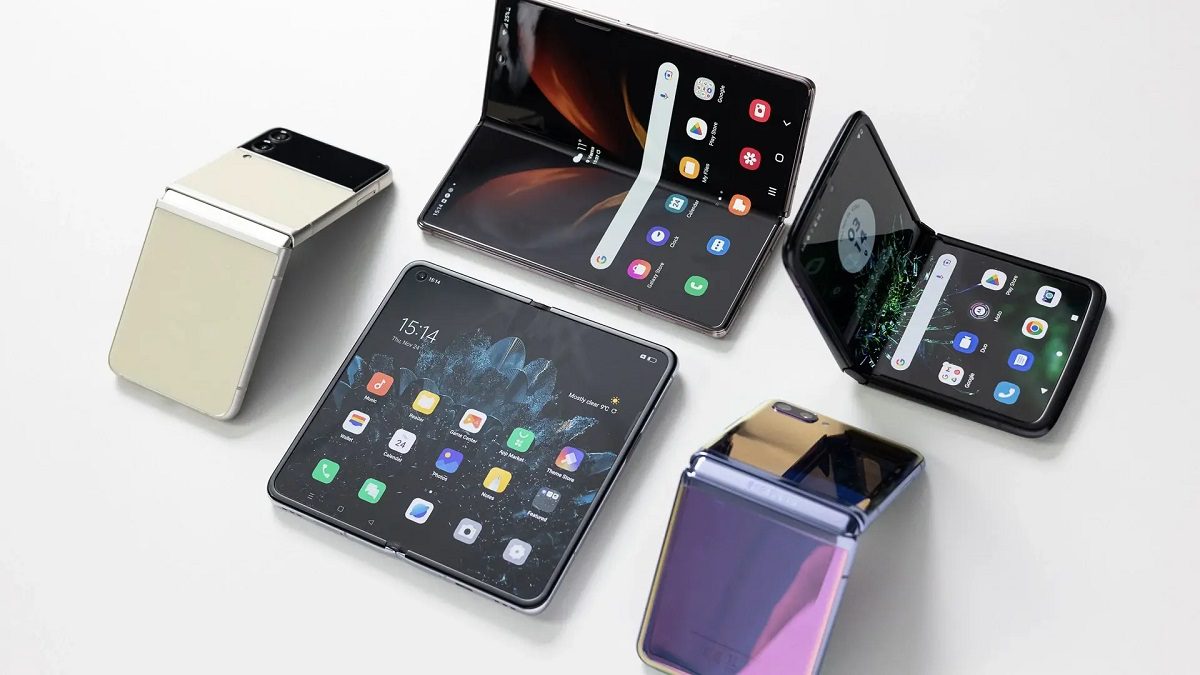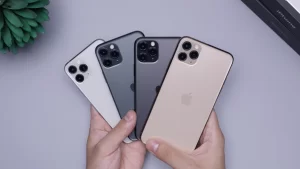Cameras and the Convenience of Flex Mode
One of the most remarkable advantages of having a larger cover display on foldable phones is its enhanced utility as a viewfinder. With most foldable devices, you can now use the secondary display to preview the images captured by the rear cameras, which are generally superior to the inner sensors. In the case of the Z Flip 5, the tiny sliver of a panel on the previous model made it difficult to discern what was being recorded. However, this year’s model allows you to view your entire shot before capturing it. Additionally, you can effortlessly swipe to switch between various modes and lenses, and conveniently pinch to zoom in on your subjects.
Regarding the camera hardware, there haven’t been significant changes. Samsung applied a different coating to the primary lens and made some software tweaks to enable better digital zoom. On paper, the Flip 5 retains the same pair of 12-megapixel main and ultra-wide cameras as its predecessor. The 10-megapixel selfie camera inside the device now has a slightly larger aperture of f/2.2 (compared to last year’s f/2.4), promising brighter and clearer photos. However, without a side-by-side comparison, it is challenging to ascertain how noticeable this difference will be.
Though the internal camera may not be used extensively due to the convenient framing provided by the external sensors, it can still come in handy for video calls or livestreams. In such cases, you might find it useful to prop the phone up by folding it at a 90-degree angle and placing it on a desk.
When you fold the Flip 5 without fully closing it, Flex Mode activates (on compatible apps). We have witnessed this feature on previous models, where apps like YouTube, Camera, and Gallery adapt their layouts by displaying content on the top half and controls on the bottom half. This year, Samsung has added more shortcuts to the Flex panel that appears on the lower portion (if the feature is enabled). When the Flip 5 is flexed, a small icon appears on the bottom left, providing access to the navigational panel and moving the rest of the app to the top portion of the screen.
The updated Flex Mode introduces settings that facilitate one-handed use. Furthermore, there is a shortcut for taking a screenshot or bringing up a touchpad to navigate the top half of the screen with a cursor. While I did not have extensive time to test the updated Flex Mode during the hands-on session, I must admit that I was less impressed with it when I reviewed Flip 4 last year, despite my initial excitement. This time around, I remain cautiously optimistic.
New Hinge, Familiar Crease
One of the more significant changes in the Z Flip line is Samsung’s new “Flex Hinge.” While the marketing name “Flex Hinge” might not resonate well with some, the redesigned hinge with a dual-rail structure seems promising in terms of impact diffusion.
Setting aside my personal distaste for the name (once again), I must acknowledge that the new hinge mechanism appears sturdy. When the phone closes, there is no noticeable gap as seen in the Flip 4. The device still feels as robust as previous models, staying in position at various angles from about 20 to 160 degrees. This improvement should be a relief for those who found the gap annoying.
However, for those who disliked the crease in the middle of the internal screen, disappointment may linger. Holding the Flip 5 next to a Flip 4, I noticed that the extent of wrinkling on their flexible displays was virtually identical. Nevertheless, in my years of testing foldable phones, creases have never posed any significant issue beyond being an aesthetic quirk. They do not hinder the usability of the device.
Processor, Storage, and Other Specifications
The Flip 5’s internal screen, a 6.7-inch Full HD AMOLED panel with a 120Hz refresh rate, is undoubtedly enjoyable. The 22:9 aspect ratio is slightly taller than the average smartphone, but most apps run smoothly. Powering the device this year is the Snapdragon 8 Gen 2 for Galaxy chipset, also featured in the Galaxy S23 series. Samsung has doubled the storage for the Flip 5, providing a base model with 256GB (compared to last year’s 128GB) at the same price. This enhancement is a nice touch, and it might even make me forgive the company’s excessive use of the term “Flex.”
Additionally, Samsung has an advantage with this year’s selection of colors. The standard options include black (graphite), cream, lavender, and this generation’s signature color — mint. The shade of green used in the mint variant is reminiscent of the one Apple employed for the iPhone 12, which remains one of my favorite colors ever used on a handset. Plus, I was starting to find the Flip 4’s Bora Purple a bit outdated.


